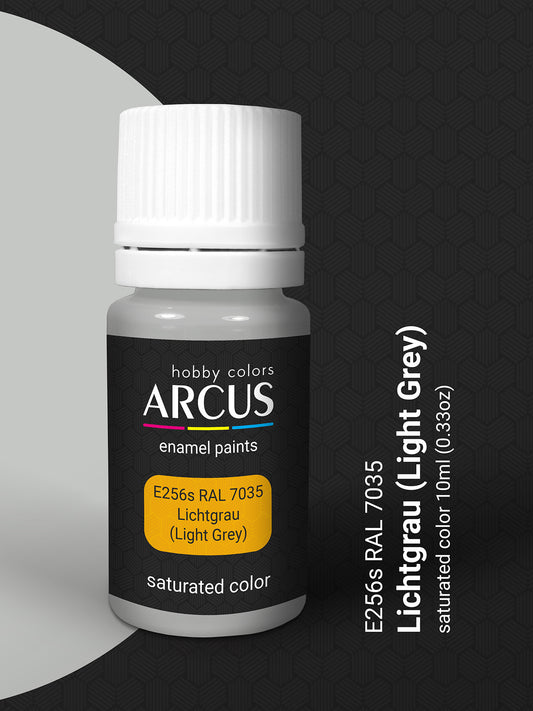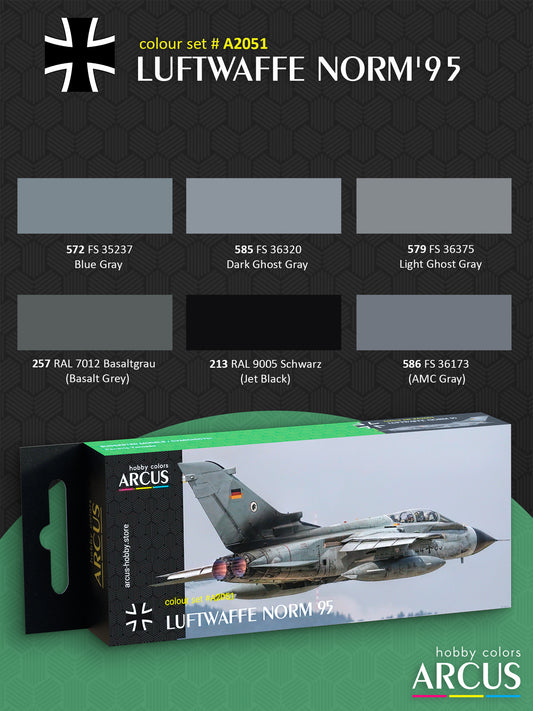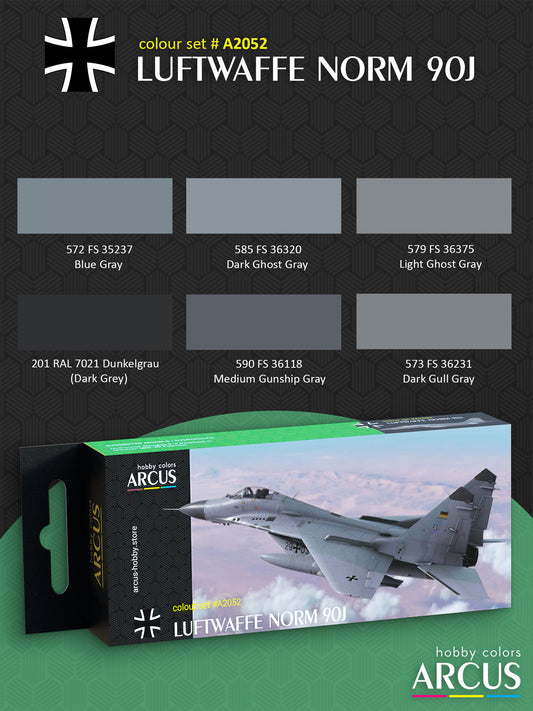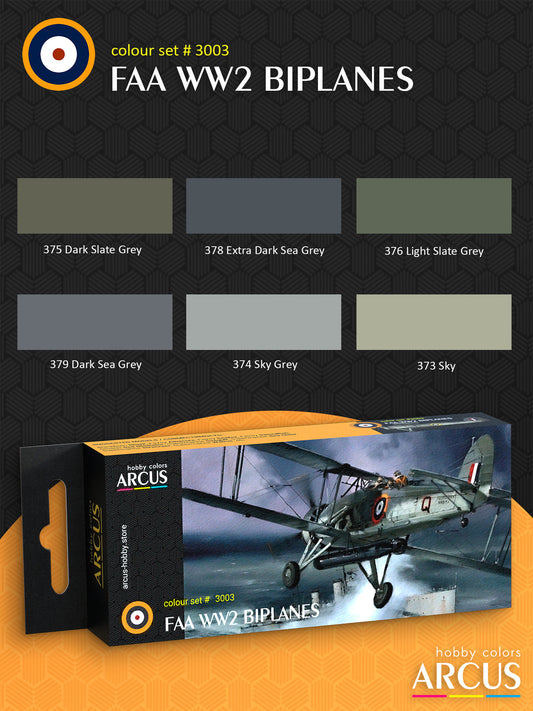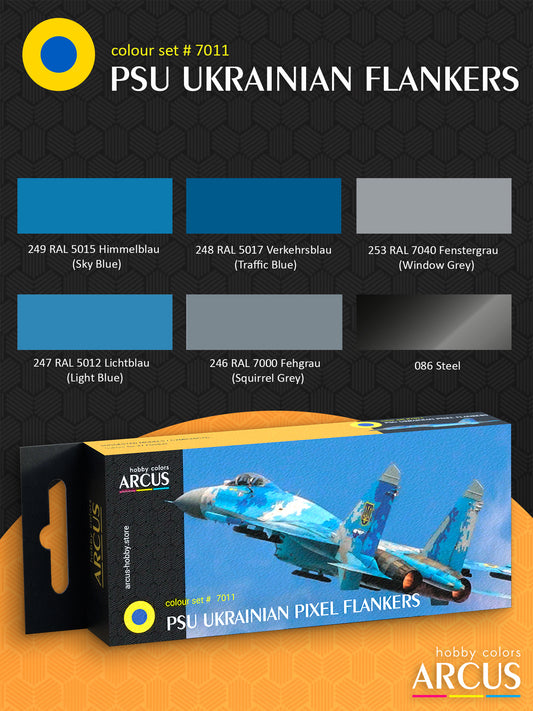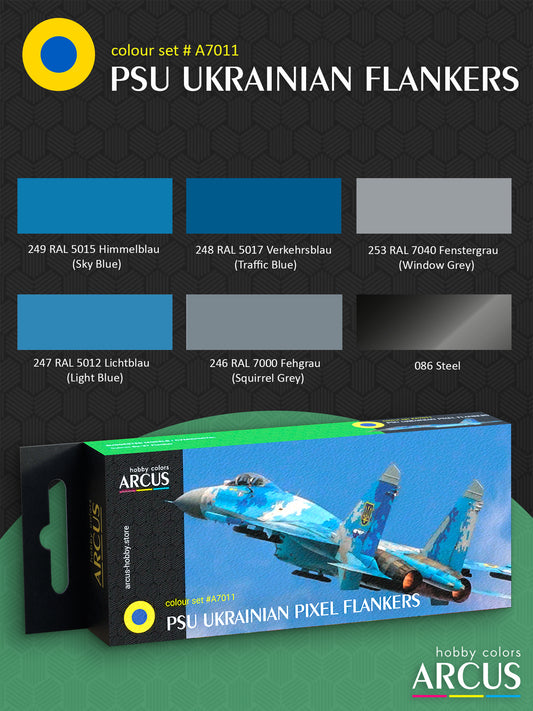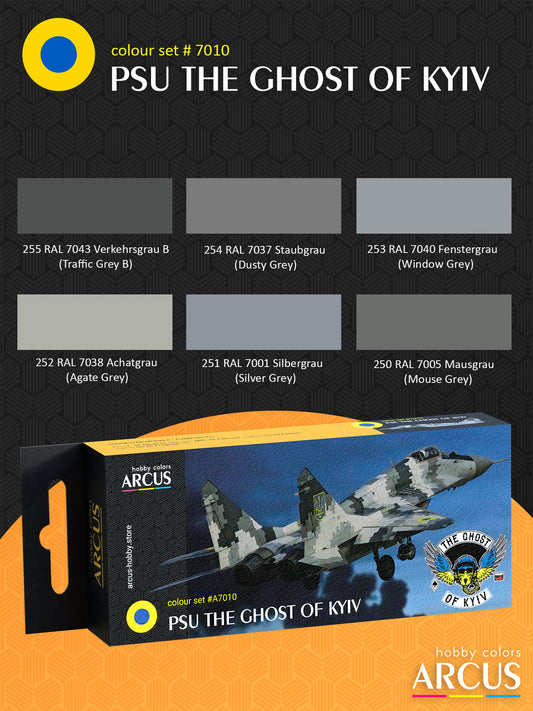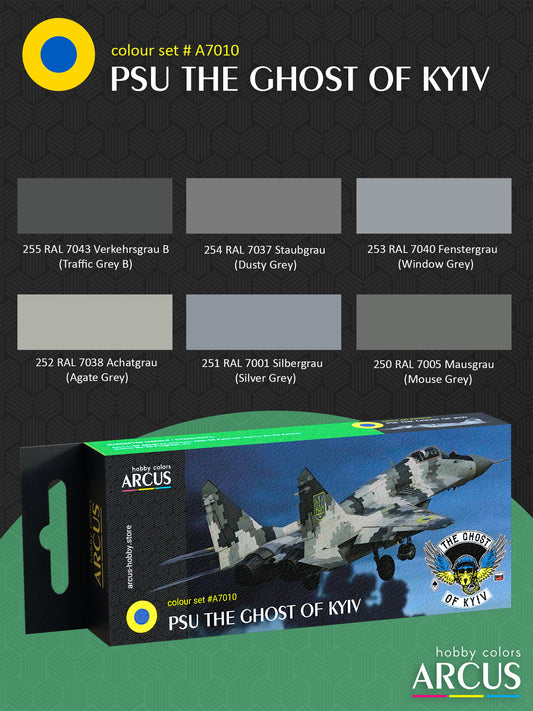The modern German Air Force, known as the Luftwaffe, was established in 1956 during the Cold War as the air branch of West Germany's military. Following reunification in 1990, parts of the former East German Air Force, which had been part of the National People’s Army since 1956, were integrated into the Luftwaffe. It's important to note that today’s Luftwaffe is distinct from the Nazi-era Luftwaffe, which existed from 1935 to 1945 and was disbanded after World War II. Nonetheless, the term "Luftwaffe" is often used to refer to both the World War II-era air force and the modern German military.
The Evolution of the Luftwaffe
After World War II, Germany faced strict limitations on aviation, including a complete ban on military aircraft imposed by the Allies in 1946. This changed in 1955 when West Germany joined NATO, paving the way for the Luftwaffe's official reestablishment on January 9, 1956, as part of the Bundeswehr. Some well-known World War II pilots, such as Erich Hartmann, joined the newly formed force. The first aircraft received by the Luftwaffe were Republic F-84 Thunderstreaks, delivered in early 1956. Initially, the Luftwaffe was organized under two command structures, aligning with NATO's Second Allied Tactical Air Force (led by the UK) and Fourth Allied Tactical Air Force (led by the US).
In the early years, key units were established, such as the 61st Air Transport Wing (Lufttransportgeschwader 61, LTG 61), equipped with Douglas Dakota transport aircraft, and the 31st Fighter-Bomber Wing (Jagdbombergeschwader 31, JaBo 31), armed with American Thunderstreak aircraft. The 71st Fighter Wing (Jagdgeschwader 71, JG 71), which received Canadian Sabre fighters, was also founded. By 1963, the Luftwaffe's command structure was reorganized into two mixed air divisions, while the 7th Air Division and German Naval Aviation were under NATO's Joint Forces Command near the Baltic Sea.
In 1960, the Luftwaffe received its first F-104 Starfighter interceptors, which became a mainstay during the Cold War. The last F-104s were retired in the early 1990s. In the 1970s, the Luftwaffe acquired a number of new aircraft, including C-160 Transall transport planes, Alpha Jet trainers, as well as F-4 Phantom and Panavia Tornado fighters.
After Germany's reunification in 1990, aircraft and personnel from the East German Air Force (Luftstreitkräfte der NVA) were integrated into the Luftwaffe. Soviet aircraft, such as the Su-17, MiG-21, MiG-23, and MiG-29, were gradually replaced with modern NATO aircraft. The MiG-29s, which served with the 73rd Fighter Wing (Jagdgeschwader 73, JG 73), were replaced by Eurofighter Typhoons in 2004.
In 2018, the Luftwaffe began replacing its aging Panavia Tornado fighters, considering options from manufacturers such as Eurofighter Typhoon, F-15 Advanced Eagle, F/A-18E/F Super Hornet, and F-35 Lightning.
In March 2022, German Defense Minister Christine Lambrecht announced plans to acquire 35 Lockheed Martin F-35 Lightning II fighters to replace the Tornado. This decision was driven by the fact that the Tornado was the only aircraft in Germany capable of carrying American nuclear weapons. Additionally, Germany plans to purchase 15 Eurofighter Typhoon electronic warfare aircraft to replace the older Growler. In April 2022, Germany also selected the CH-47F Chinook to replace the aging Sikorsky CH-53 Sea Stallion helicopters as part of the modernization program for heavy transport helicopters (Schwerer Transporthubschrauber, STH).
Combat History of the Modern Luftwaffe
The modern German Air Force encountered combat situations soon after its formation. In September 1956, two Republic F-84F Thunderstreaks from JaBoG 32 accidentally violated East German airspace during the NATO exercise "Checkmate" due to poor weather and pilot errors. They were intercepted by East German Air Force fighters but managed to evade pursuit and landed safely at Berlin's Tegel Airport, which was then controlled by the French. A similar incident occurred in 1962 when a German Navy Hawker Sea Hawk was shot down.
The first combat operations involving the Luftwaffe took place in the 1990s. In September 1995, during Operation "Deliberate Force," Luftwaffe Tornado aircraft supported NATO artillery by striking Bosnian Serb positions in Sarajevo, Bosnia and Herzegovina.
In 1999, the Luftwaffe actively participated in the military campaign in Kosovo alongside other NATO members. The Tornado aircraft conducted missions to suppress enemy air defenses in the Kosovo region. In 2005 and 2008, Luftwaffe F-4F Phantom II fighters were involved in NATO missions to patrol the airspace of the Baltic States.
In 2006, to support operations in Afghanistan, the Luftwaffe deployed Panavia Tornado reconnaissance aircraft from the 51st Reconnaissance Wing "Immelmann" (Aufklärungsgeschwader 51 "Immelmann," AG 51) to the Mazar-i-Sharif Air Base in northern Afghanistan. German Army helicopters were also stationed at this base, while Luftwaffe C-160 Transall transport planes carried out airlift operations both within Afghanistan and beyond.
The Evolution of Luftwaffe Camouflage Schemes
Throughout its history, the camouflage patterns of Luftwaffe aircraft evolved to meet shifting operational demands, military strategies, and technological advancements. Each new scheme was designed to enhance concealment in various environments and reduce aircraft visibility on the battlefield.
The first standardized Luftwaffe camouflage scheme, known as Norm 62, featured a two-tone paint scheme combining gray and olive shades to provide effective concealment across the landscapes of western Germany.
Norm 72 improved the arrangement of camouflage patches, making aircraft less visible both in the air and on the ground during combat operations.
With the introduction of Norm 76, black was added to the standard gray and olive palette, improving overall camouflage effectiveness during both day and night missions.
In 1981, Norm 81 was introduced, offering a more complex, multicolor pattern designed to enhance concealment across a range of terrains. This scheme was widely used on Phantom aircraft.
Norm 83 was implemented to improve camouflage effectiveness in the temperate continental environments of Europe. This scheme primarily used varying shades of green, helping to reduce aircraft visibility in open areas as well as forested regions.
As Germany integrated into NATO, the Luftwaffe adopted new camouflage standards aligned with alliance requirements. The three-color Norm 90J scheme became widespread during this period, as it matched the standards used by other NATO member air forces.
Eventually, Norm 95 introduced a fully gray paint scheme based on FS (Federal Standard) specifications, simplifying aircraft maintenance and enhancing interoperability with U.S. and other NATO air forces.
The evolution of Luftwaffe camouflage schemes was driven not only by the need to optimize concealment and reduce detection by enemy radar and visual observation but also by the importance of color standardization, which streamlined technical maintenance and accelerated painting and repair processes — a critical factor during active combat operations.
Camouflage Color Standards of the German Air Force
Throughout its history, the Luftwaffe has undergone significant changes in its camouflage standards, reflecting shifts in military requirements, international cooperation, and technological progress. One particularly important development was the gradual adoption of the Federal Standard 595 (FS) color system, which replaced the traditional RAL system and symbolized the Luftwaffe’s adaptation to new geopolitical realities.
Initially, Luftwaffe aircraft were painted according to the RAL system, a German standard used to unify colors across both industry and the armed forces. This ensured a consistent color system for governmental and private entities alike.
Following West Germany’s accession to NATO in 1955, the need arose to align camouflage schemes among alliance members. This drove the transition to FS standards, which were widely used across NATO to standardize camouflage patterns and simplify aircraft maintenance procedures.
In 1983, the Luftwaffe introduced the Norm 83 scheme, incorporating shades of green as a preparatory step toward fully adopting NATO-aligned standards. By the 1990s, the Luftwaffe transitioned to the three-color Norm 90J scheme, which met NATO requirements and utilized FS colors.
After German reunification in 1990, the Luftwaffe absorbed portions of the former East German Air Force, which operated Soviet-designed aircraft such as the Su-17, MiG-21, MiG-23, and MiG-29. These aircraft retained paint schemes typical of the post-WWII Soviet Air Force.
By 1995, the Luftwaffe completed its transition to the Norm 95 camouflage scheme, based on an all-gray FS palette. This shift simplified aircraft maintenance and enhanced interoperability with the U.S. Air Force and other NATO air forces.
The move to new color standards marked a critical step in the Luftwaffe’s integration with allied forces, providing a unified identification system and streamlining technical operations. It also underscored Germany’s strategic orientation toward international cooperation and the enhancement of its air force’s operational effectiveness.

















